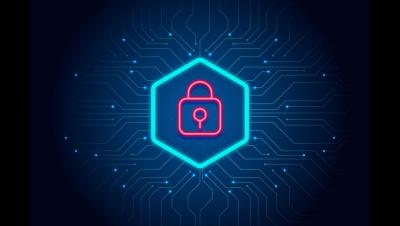PCI DSS Requirement 8 - Changes from v3.2.1 to v4.0 Explained
In our ongoing series of articles on the Payment Card Industry Data Security Standard (PCI DSS), we’ve been examining each requirement in detail. Today, we turn our attention to Requirement 8: Identify Users and Authenticate Access to System Components. This requirement is built on two fundamental principles User identification and authentication,1) identifying individuals or processes on a system and 2) verifying their authenticity.







